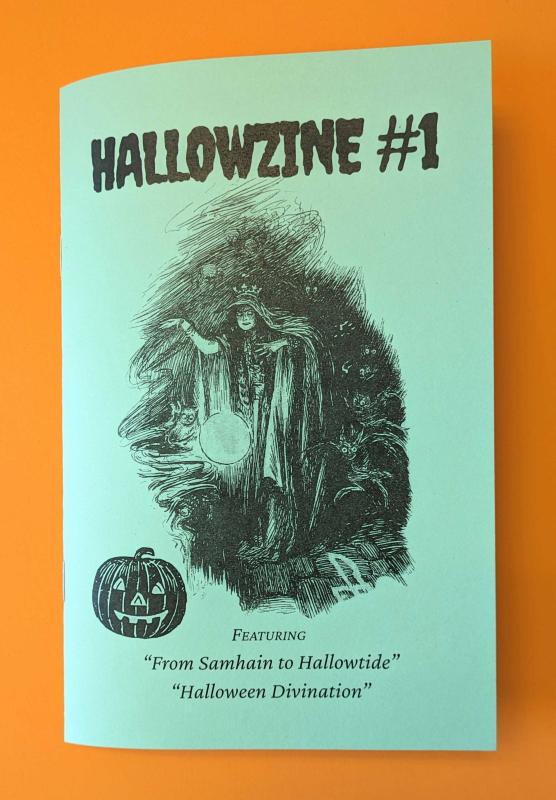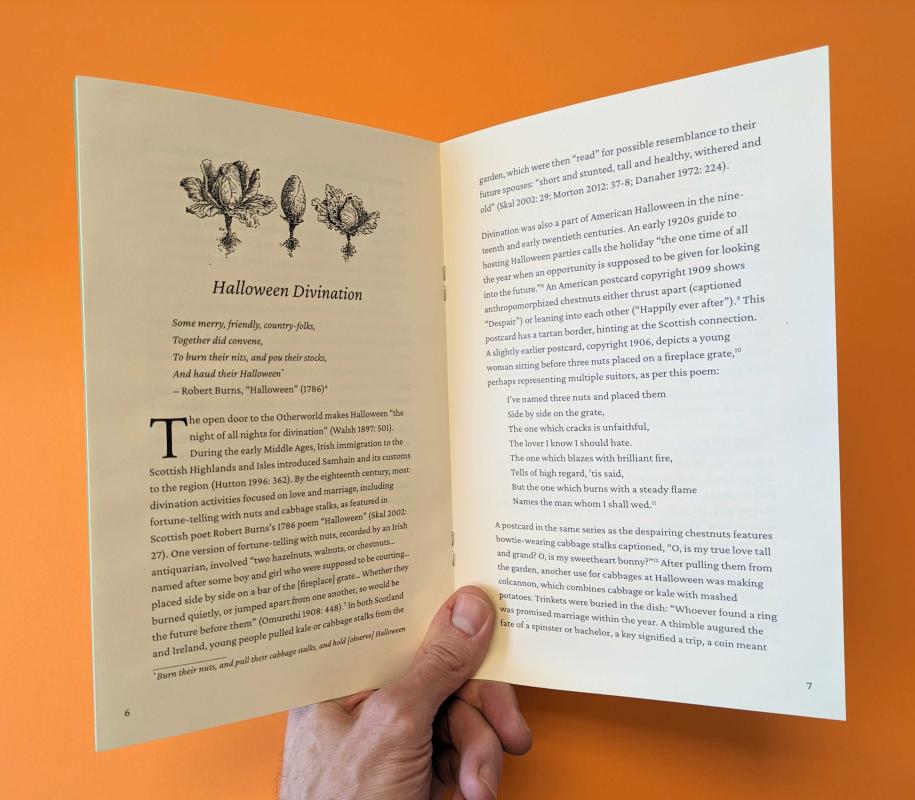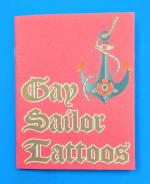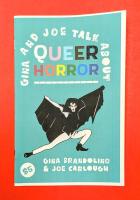
Hallowzine #1
by R.J. Gillis Author
Ever wonder how Halloween came about? Or what in the world Samhain is? Or what the "hallow" in Halloween means? According to the Oxford English Dictionary, the word Halloween dates back to the 18th century, and its earliest appearance in print is Robert Burns’s poem of the same name, published in 1786. It was associated with Samhain, derived from “summer’s end,” which marked the change of seasons in the Gaelic areas of Britain and Ireland. Likely due to the onset of dark and cold, Samhain was associated with the supernatural; it was also a time for divination. Samhain’s importance in the Celtic calendar was reinforced by the imposition upon it of a Christian festival that became primarily one of the dead. Early Christians honored martyrs on the anniversaries of their deaths on All Hallows’ Day (an alternate form of All Saints’ Day) and established a miniseason of observances known in medieval times as Hallowtide—“hallow”(from Old English, meaning “holy”) meant "a saint," so the alternative name for the feast was “All Hallows’ Day." The contraction of "evening" to "even" to "e’en" gave us “Hallowe’en” or "Halloween."
Want to learn more? Pick up this highly informational zine to find out more about Samhain, Hallowtide, and Halloween divination.
You must log in to comment.













